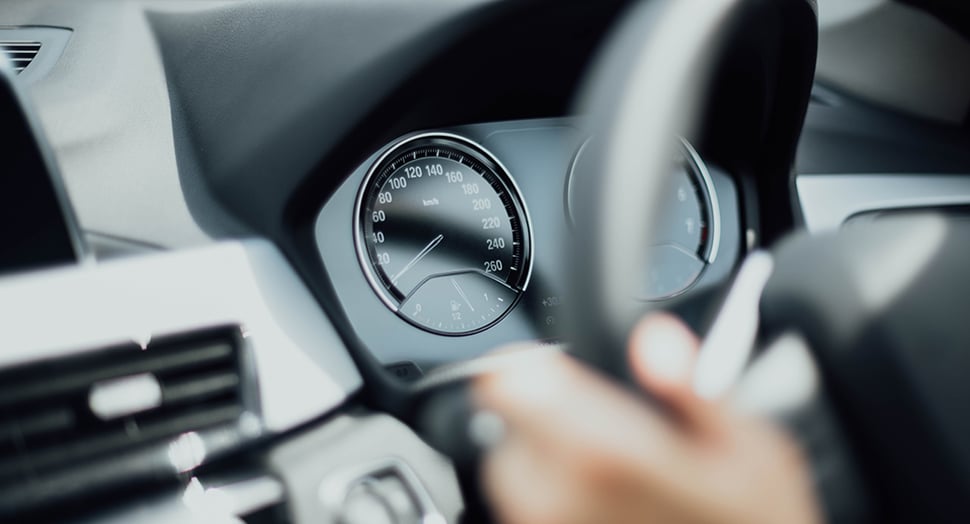 As you tidy and sanitize your vehicle, there are a lot of surfaces inside your car and many areas with unique cleaning requirements.
As you tidy and sanitize your vehicle, there are a lot of surfaces inside your car and many areas with unique cleaning requirements.
Keeping your car clean is important - but how do you ensure it’s sanitary? Here’s how to disinfect the most commonly touched surfaces in your car.
Regularly cleaning your car’s interior and exterior is a must if you want to keep it’s appearance looking nice.
In an age when many people are concerned with what germs they may be coming in contact with, keeping the inside of your vehicle as sanitary as possible is not only wise, but a great way to make the people who enter your car feel more comfortable.
There are a lot of surfaces inside your car, and many have unique cleaning requirements. Let’s look at the many areas of your vehicle that you’ll need to tidy and sanitize, and how to approach each one.
Steering wheel, door handles and shift lever
Your main priority should be any frequently touched surfaces in your car. This is where viruses and bacteria will most likely collect and live. Consider these surfaces in particular:
- Door handles.
- Grab handles.
- Steering wheel.
- Shift lever.
- Seat adjusters.
- Windshield wiper, turn signal and headline stalks.
- Center console.
- Cup holders.
- Dashboard.
Isopropyl alcohol solutions that contain at least 70% alcohol will work well to kill viruses on these surfaces. This is what many automotive interior product manufacturers use in their factories, according to Consumer Reports.
Before you use an alcohol solution, ensure these surfaces are synthetic. Using alcohol solutions on genuine leather will dry out the material, which will damage it over time. Instead, using automotive cleaning wipes that have a mild detergent in them will do well to kill viruses as well as remove grime, Digital Trends recommended.
Alternatively, a basic household soap and water can kill viruses, too.
Seat upholstery
After door handles, your seats are likely your car’s most touched surfaces, especially if you have passengers in your vehicle.
Unlike the hard surfaces like your shift lever and door handles that are simple to rub down with an alcohol solution, the upholstery in your vehicle can be a bit trickier to sanitize.
Applying alcohol to a soft cloth, then wiping down the upholstery can help keep your seats, armrests and headrest clean. Of course, you’ll want to avoid this if you have leather seats.
Soap and water is also fine to use on upholstery, synthetic or leather. However, if you choose to go this route, be sure not to go overboard on the soap or the water. Excessive water can lead to mold, and too much soap will be difficult to completely rinse away.
“The goal is not to create too many suds. If you get suds, you’ll have suds forever,” Larry Kosilla, president of car detailing company AMMO NYC, advised.
If you’re cleaning leather, be sure to finish with a leather conditioner to keep it in good condition for longer.
Two cleaning products never to use on your upholstery: bleach and hydrogen peroxide. While they’ll effectively sanitize surfaces, they will also likely leave lasting damage to your car’s interior.
Buttons, dials and touchscreens
The buttons and dials that control things like the radio, interior lighting and climate control should be cleaned in detail as well. Again, isopropyl alcohol will work well to disinfect these commonly touched areas.
Cotton swabs can help you disinfect hard-to-reach areas like small spaces around dials, buttons and vents.
Never use ammonia-based cleaners on touch screens, as these can damage the anti-glare and anti-fingerprint coatings they may have. Instead, use isopropyl alcohol and a microfiber cloth.
Windows, windshield and mirrors
Isopropyl alcohol works to disinfect windshields, windows and mirrors. Ammonia-free window cleaner will also do the trick. Use a microfiber cloth to dry them completely. This prevents streaks, and using a microfiber cloth will keep these surfaces safe from tiny scratches.
While these surfaces may not be as frequently touched as other areas of your car’s interior, it’s still a good idea to ensure there’s no viruses living on them. Plus, cleaning them will remove any grime or smears that obstruct your vision.
A challenging area of the car to clean is the narrow space where your windshield meets the dashboard. Disinfectant on a microfiber cloth, directed by a tool like a paint stirrer can help you easily ensure this space is free of germs and dust, too.
Keep sanitizers ready for future use
Once your car is completely sanitized, ensure you’re limiting the risk of viruses from entering your car moving forward. Have hand sanitizer in your car at all times so you and your passengers stay healthy.
Additionally, repeat these cleaning steps after you’ve had passengers in your car, especially if they’re showing symptoms of a virus.
Beyond keeping your car thoroughly clean, it’s essential to ensure your electric vehicle is fully charged for your next trip. To learn about installing a charging port at your home, reach out to us at Webasto.

